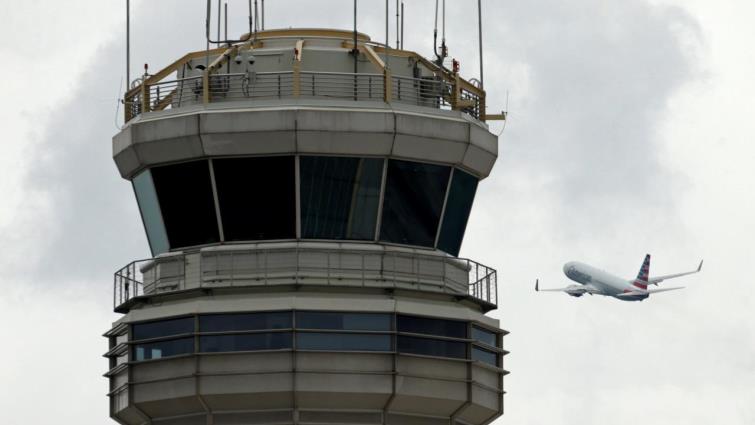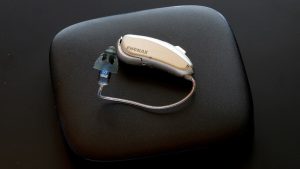Aviation organisations in Africa and South America are meeting in Durban over the next four days to come up with concrete plans that will enable the Southern Atlantic and Indian Ocean regions to be part of the Global Air Navigation Plan set to take effect in 2020.
Delegates have heard that countries need to come up with an automated and integrated air traffic control system.
Challenges that Africa are facing include congestion of flights crossing to Europe, as well as sparsely distributed technology and a lack of training.
The International Civil Aviation Organisation’s representative in Western Africa, Francois Salambanga says delegates to the Durban meeting must come up with tangible plans that can be implemented over the next 18 months.
“We want to come out with tangible conclusion and decision that will lead to implementation. Implementation in the air traffic management area in terms of organisation the airspace, implementation of some concepts. These concepts intends to improve efficiency, safety, capacity.”
The International Civil Air Navigation Services Organisation’s head in Africa, Boni Dibate says they have come up with a guide for an automated air traffic control system for the South Atlantic and Indian Ocean regions, where systems in different countries can operate seamlessly.
South Africa’s Air Traffic and Navigations Services Jeoffrey Matshoba explains that previously flights from South Africa to Europe were handed over manually to Botswana.
“After you put the phone down, another traffic is going to Botswana. You call again. And we agreed that probably lets coordinate 3 aircrafts, but because of the distance from Johannesburg to Botswana, even before you call Botswana the aircraft is already hitting the boundary. So the issue of silent handover is critical where the system inter-operability should enable Botswana to see traffic that is coming from Johannesburg into their airspace.”
Matshoba says the ideal is that South Africa and Botswana’s air traffic controllers have the same picture on their screens. He says they will be switching over from ground based systems to satellite based systems to ease congestion traffic to and from Europe.
“You will appreciate that the North Atlantic as well as the Eurocem corridor, that’s where your congestion in terms of air traffic is. I mean the North Atlantic is the busiest corridor in the ocean. That’s where they need the reduced separation in the area.”
Dibate says some African countries lag behind in infrastructure and training. She says North American and European systems are more advanced than Africa’s. There are African countries with advanced technical infrastructure, but this is sparsely distributed.
Dibate says Africa’s air safety record has improved over the past few years thanks to regional training centres that has been set up in South Africa, as well as in Western and Eastern Africa.
“We send each others ATC’s engineers, technicians to each others training schools to focus on training. So there is an effort which is placed on that by the whole industry.”






